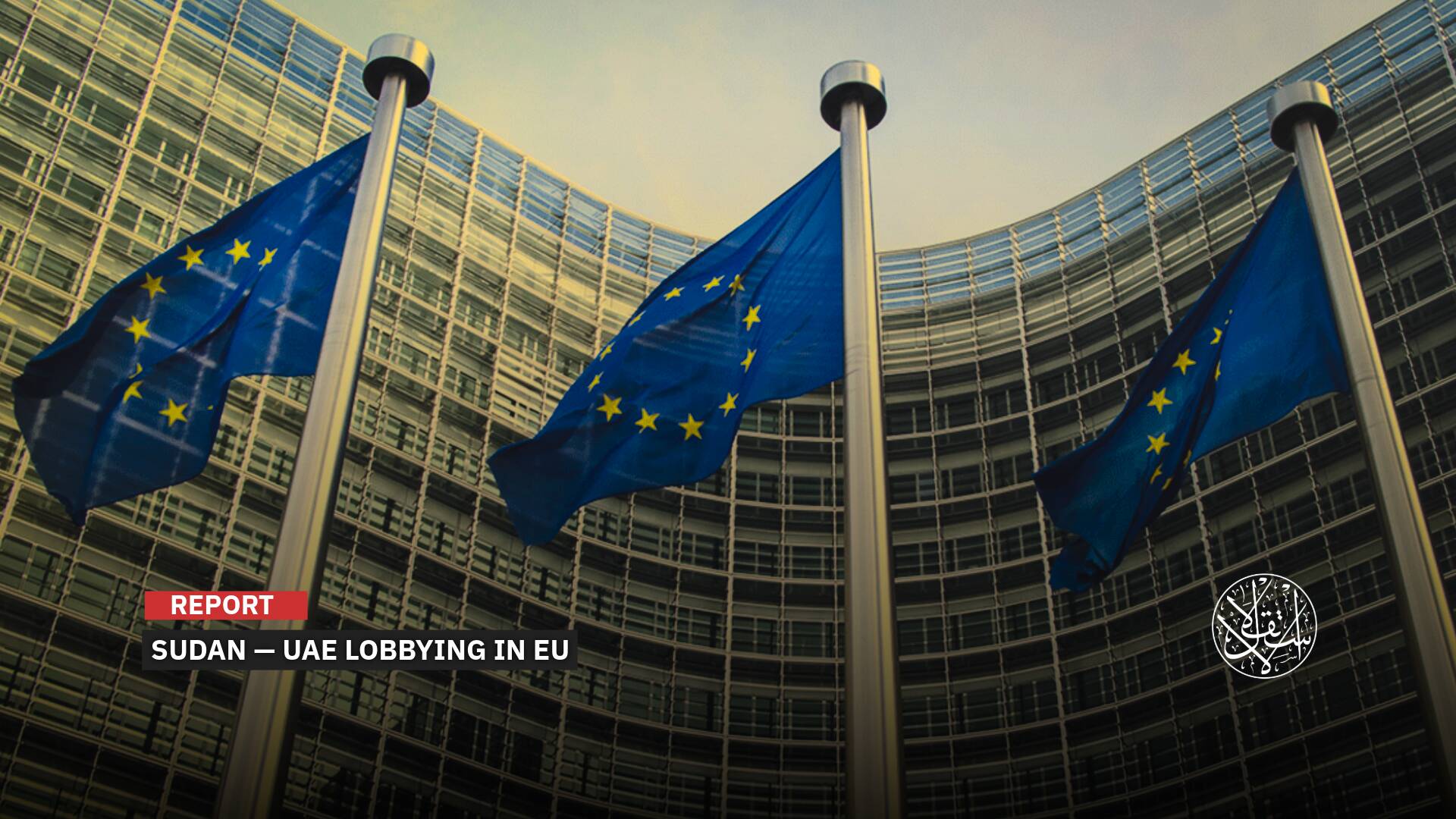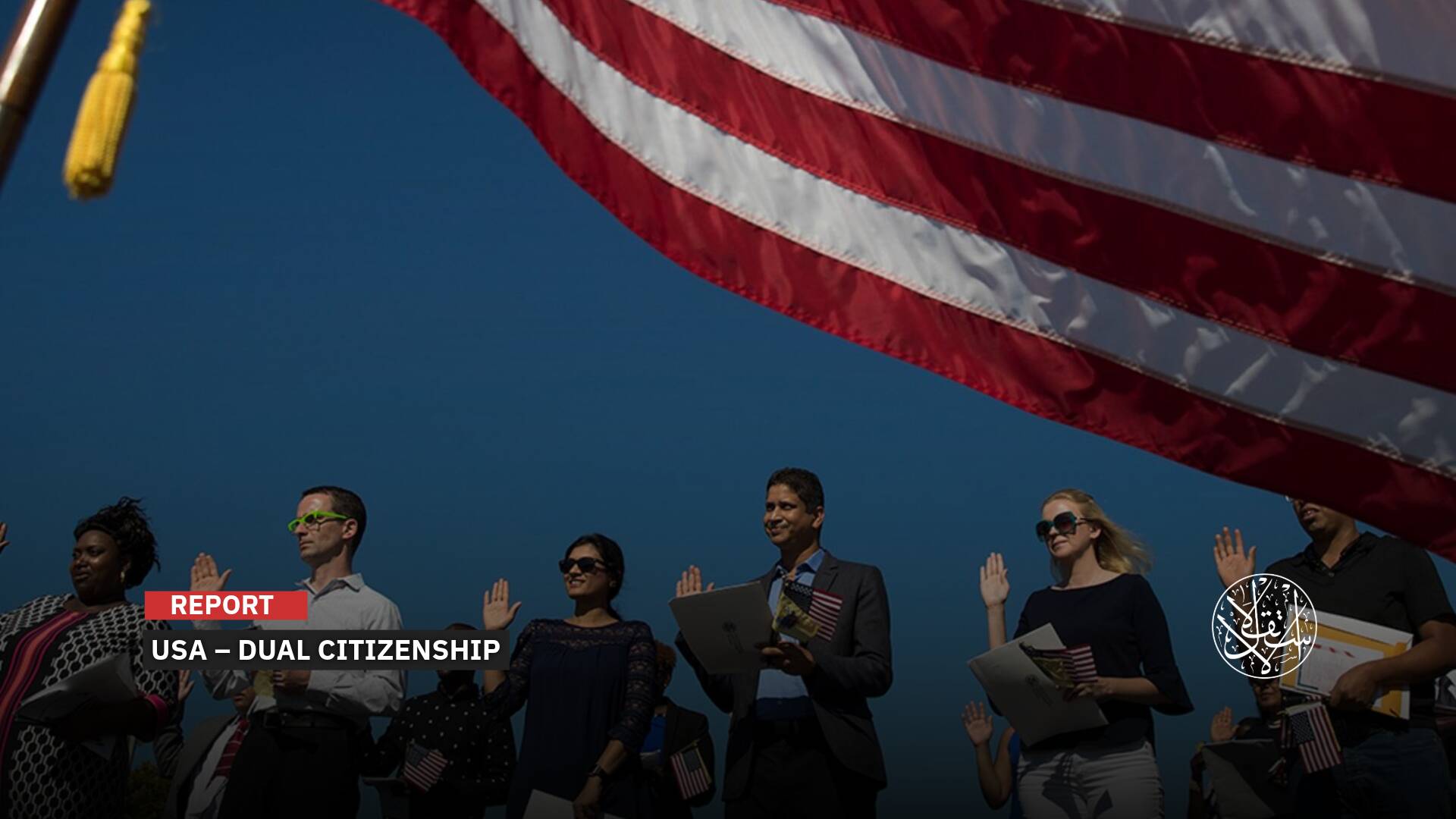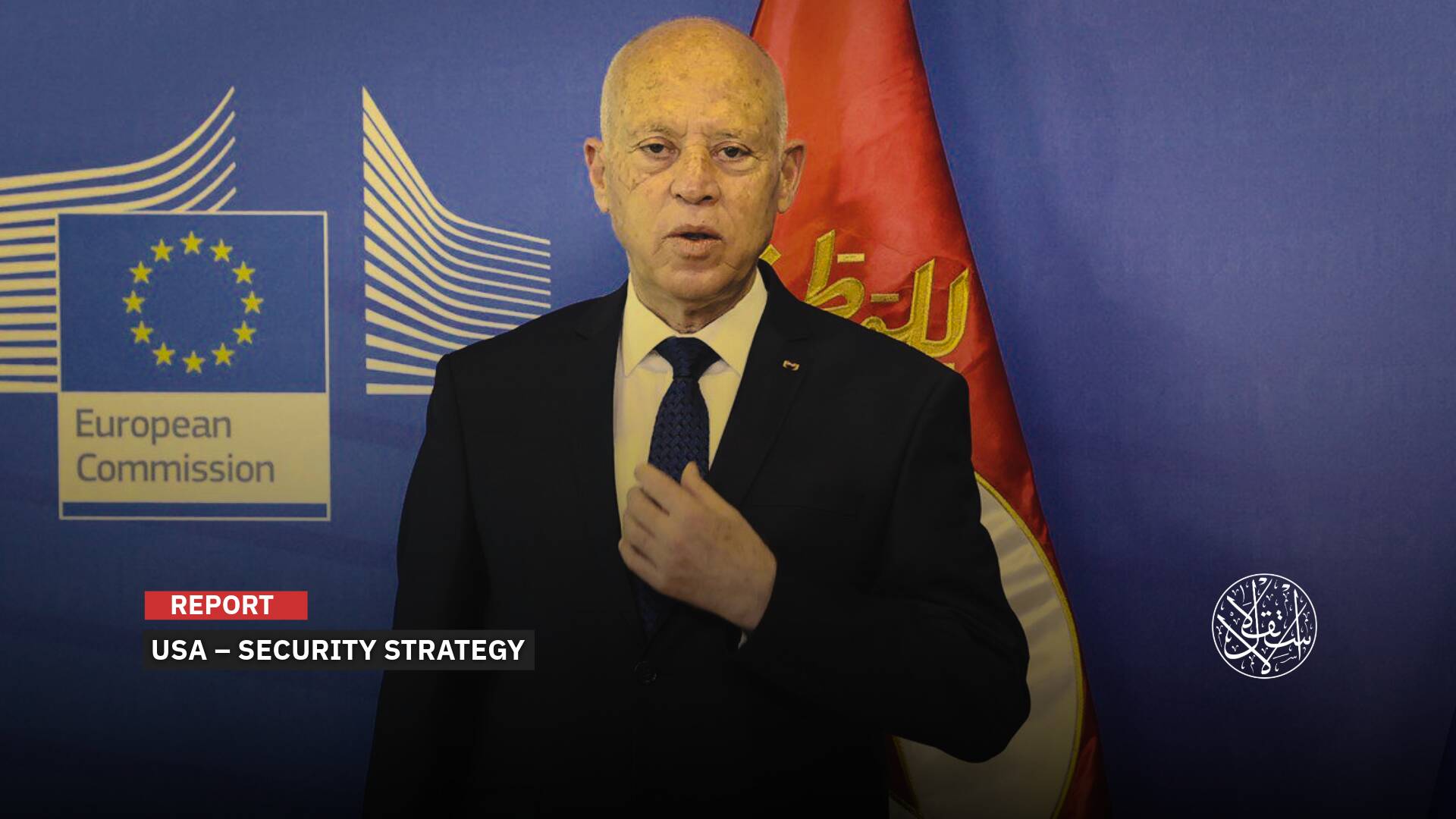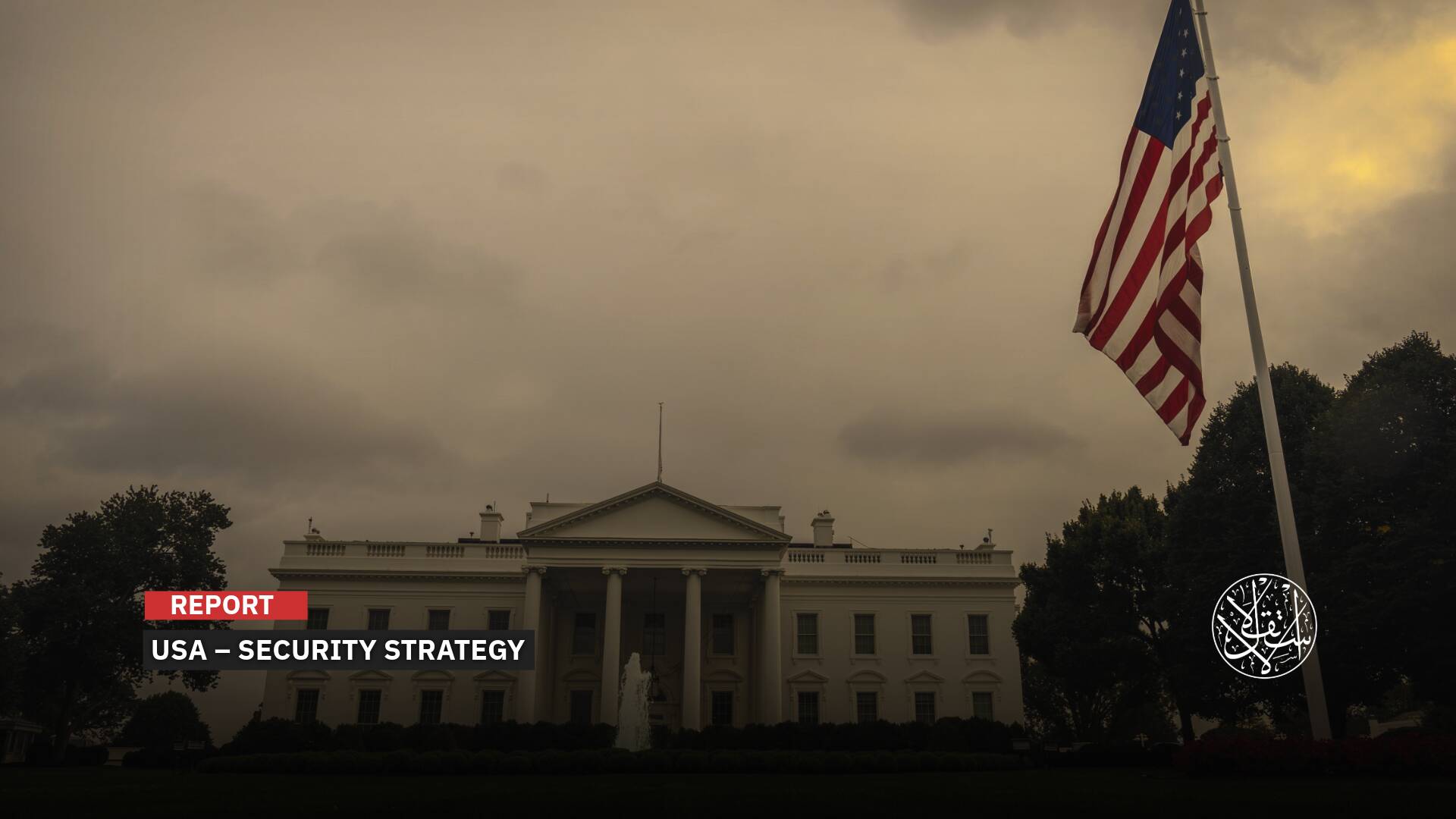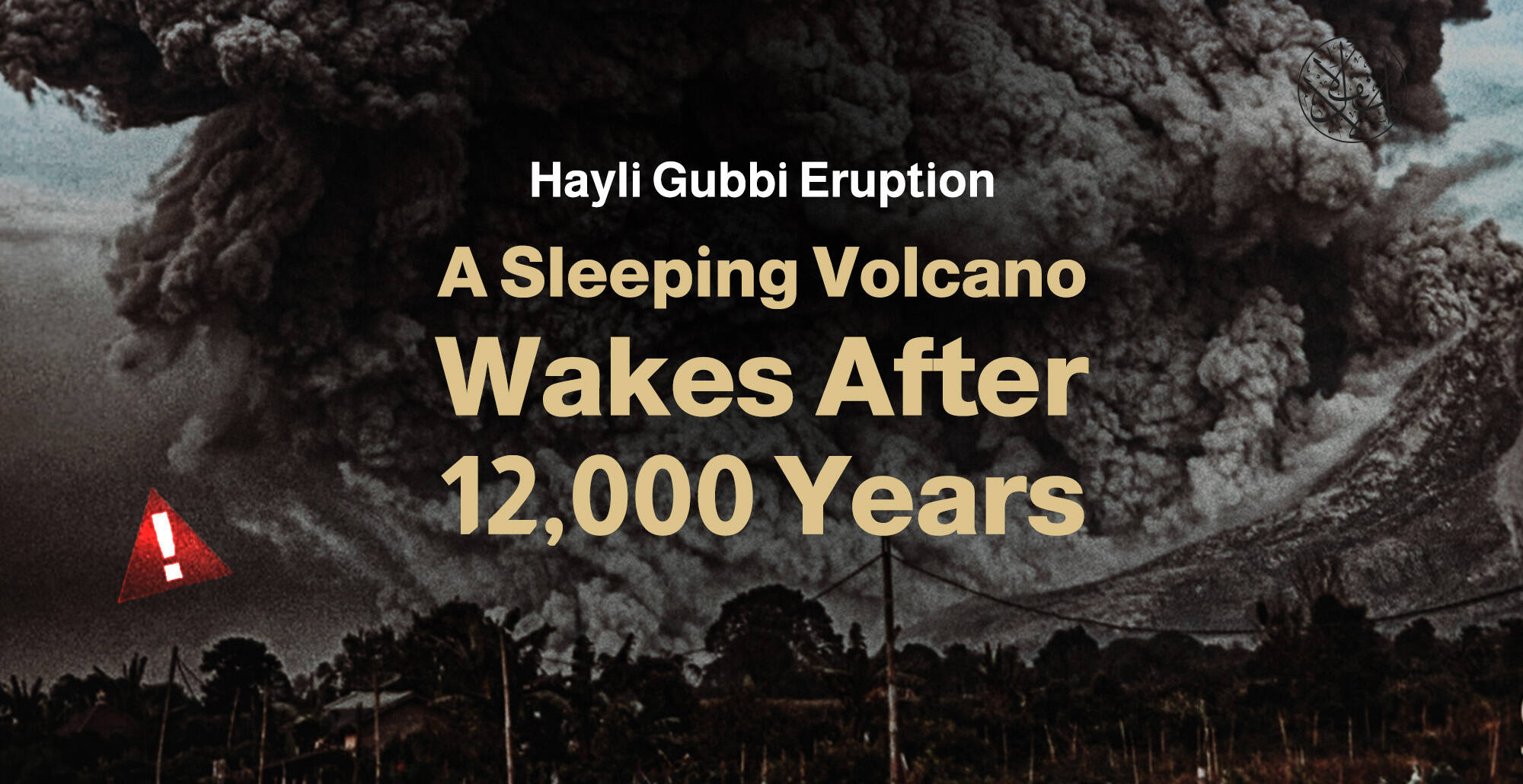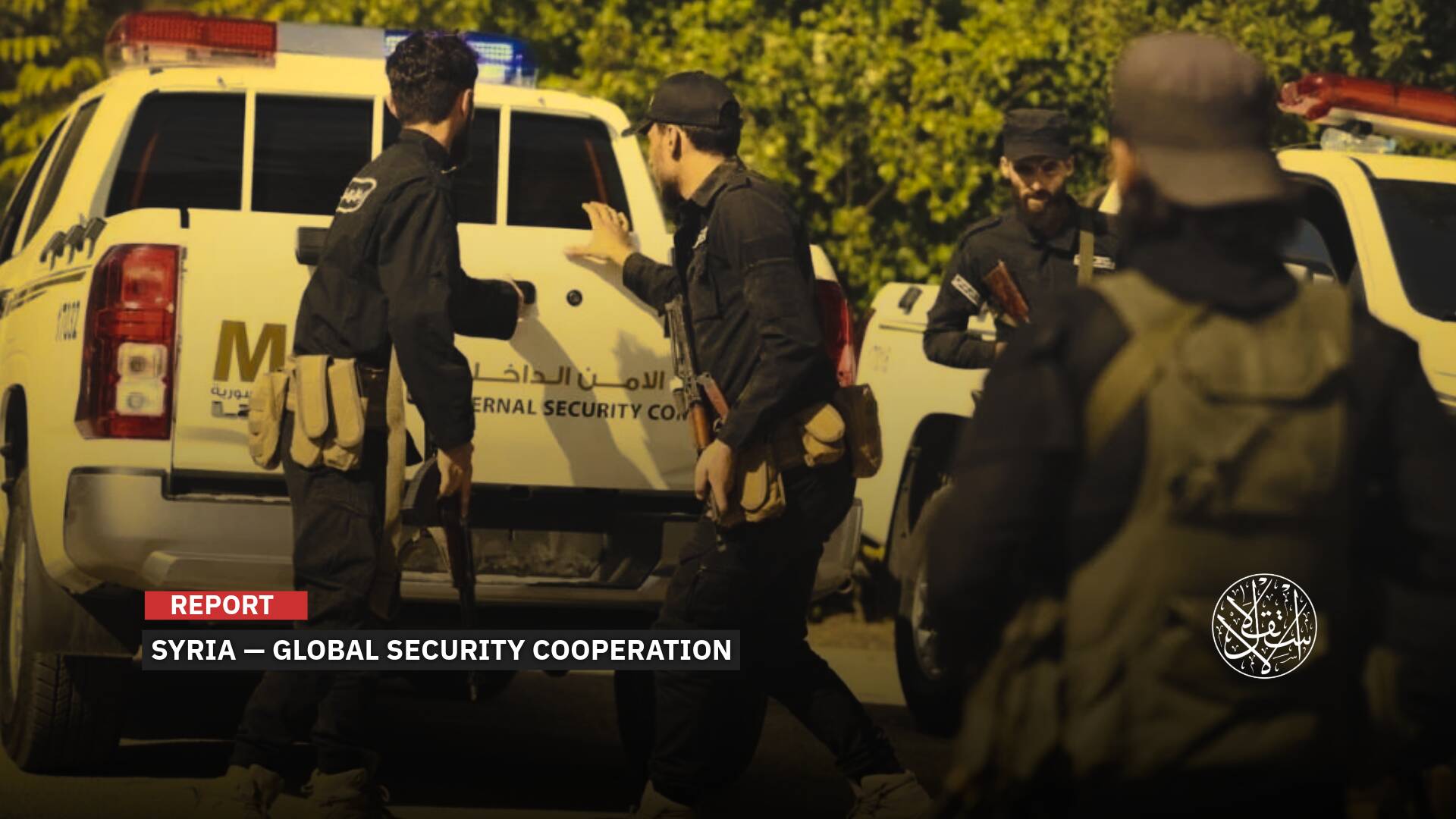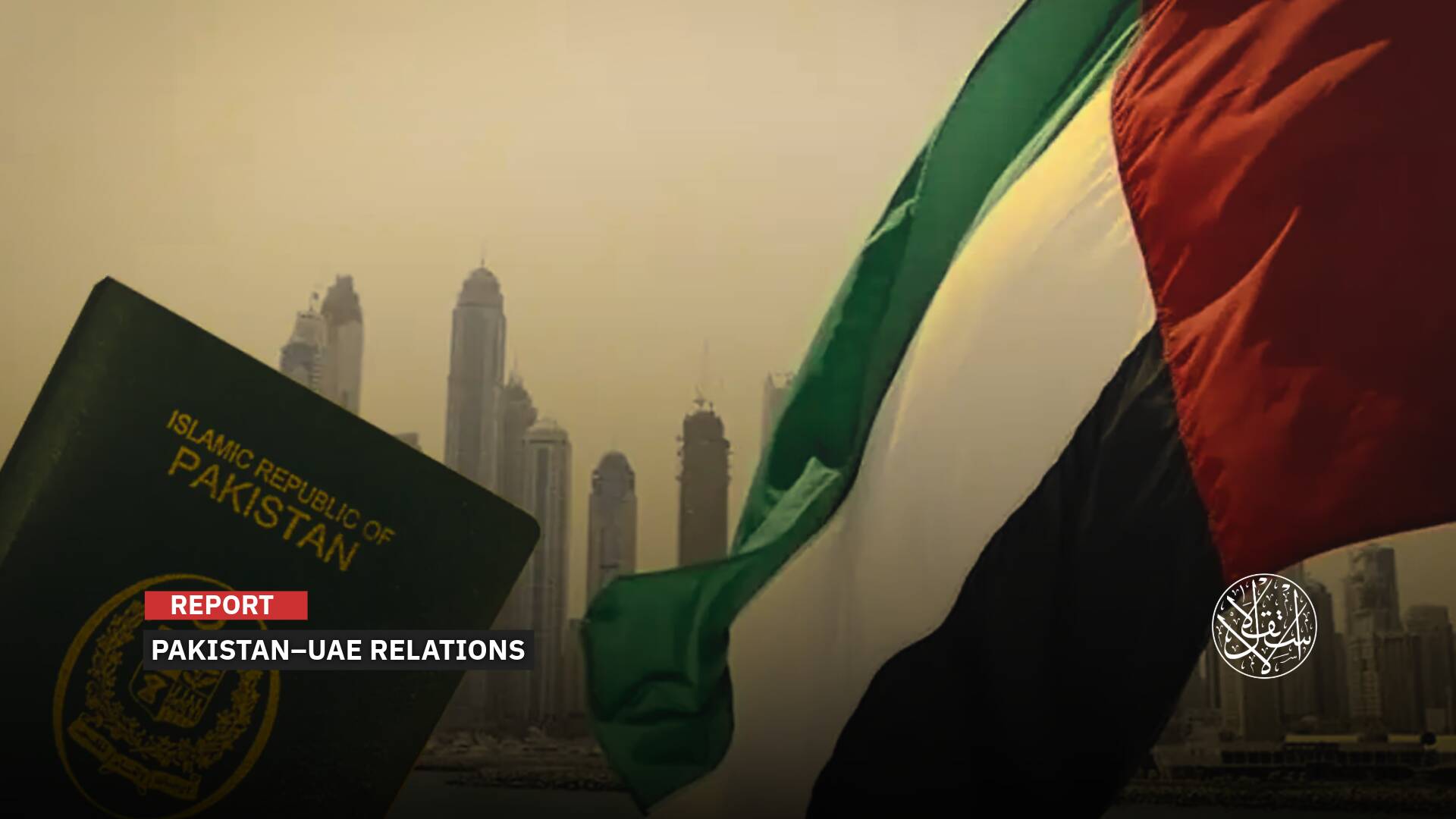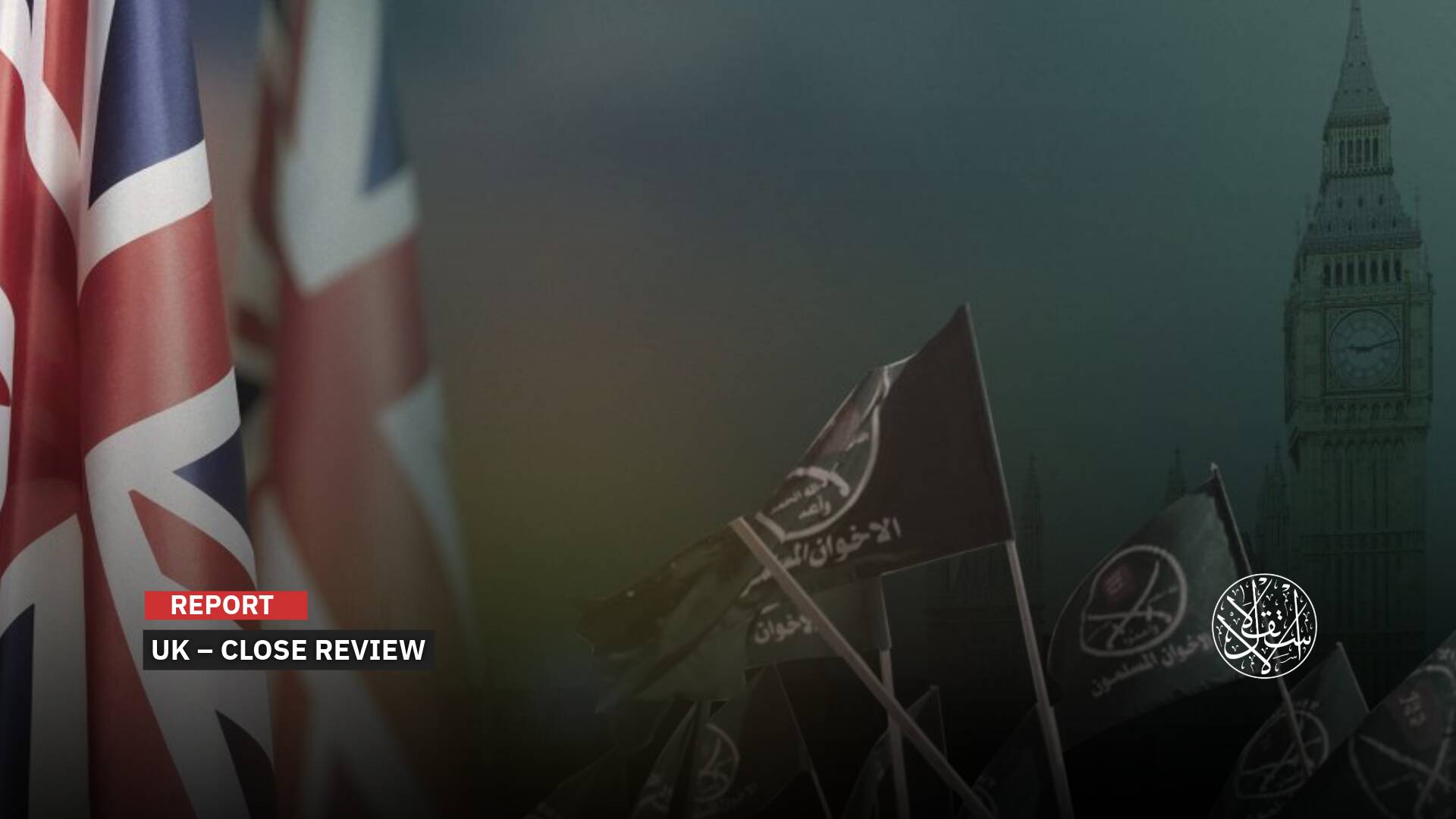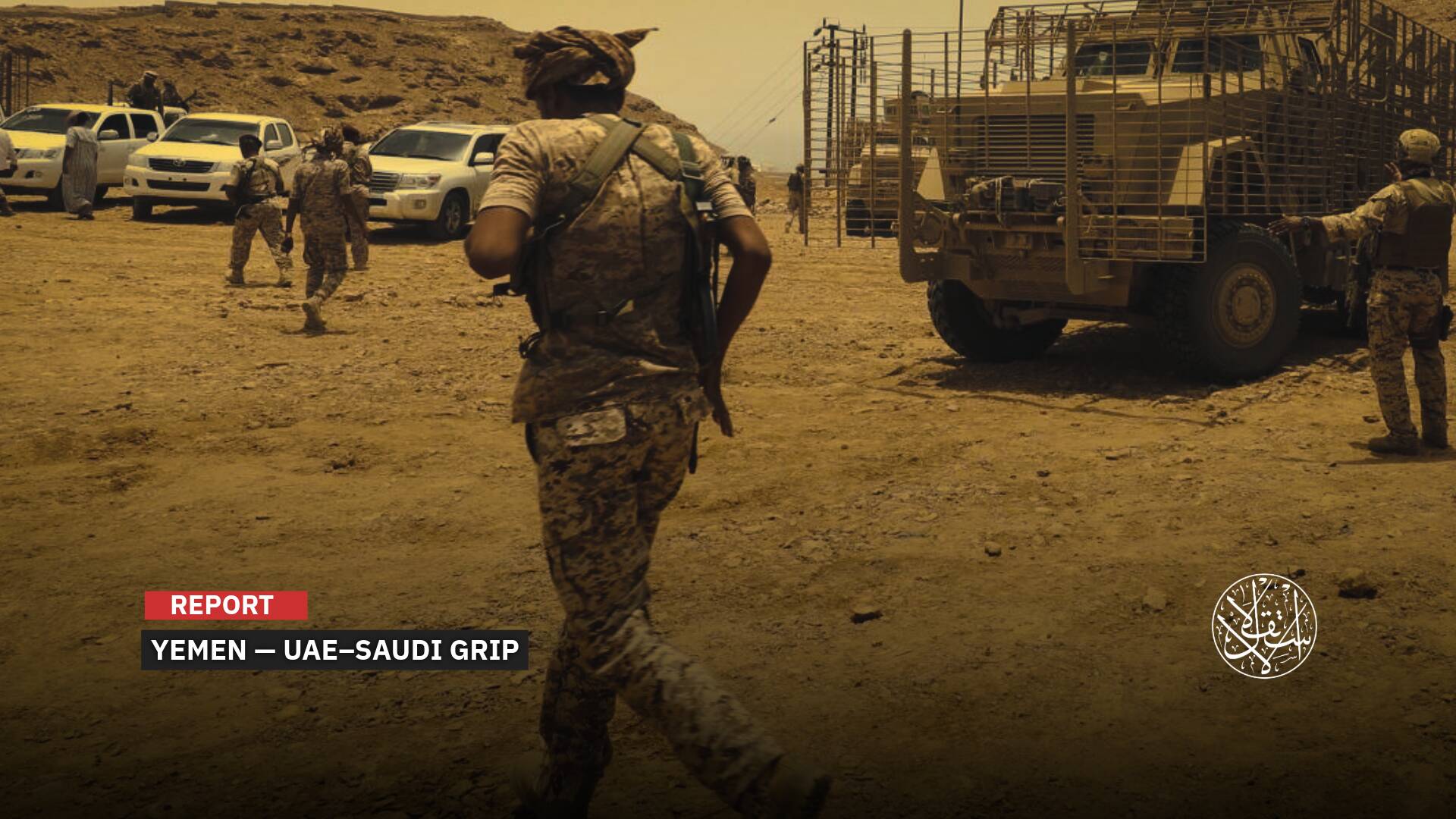Mass Protests Across Iran and the Khamenei Regime Responds With Crackdown and Arrest

With the increasing severity of the bitter economic conditions and the spread of poverty despite the country's possession of enormous natural resources, the Iranian people took to the streets of a number of cities in the country on May 12, 2022, in protest against a new government plan that suddenly led to an increase in the prices of basic food commodities by 300 percent, according to Reuters.
However, the protests spread throughout Iran, a country in which nearly half of its 85 million people live below the poverty line, according to official figures, over the government's cut in subsidies, later took a political turn; the protesters demanded more political freedom, an end to the Mullahs' regime, and the overthrow of its leaders.
It is noteworthy that several Iranian cities had witnessed a few weeks ago protests against the poor living conditions, which President Ibrahim Raisi had promised to improve through a major economic plan that he had laid down to be the basis of his work in the first year of his administration.
Mass Protests
The spark of the Iranian protests erupted on May 12, 2022, after the government announced a cut in subsidies for imported wheat, which meant an increase in the price of bread.
It also announced a price hike for poultry, eggs, dairy products, vegetable cooking oils, and other food commodities, the biggest price increase Iran has seen in years, according to Iran International TV, a London-based Persian-language satellite channel.
A few hours after the government announced its plan, the Iranian street turned upside down, and thousands of Iranians queued in front of shops to buy and store basic food commodities which prices the government planned to increase, which led to clashes between citizens and shop workers, and chaos and violence in the streets.
That's #Iran pic.twitter.com/ZGlrTgrXkp
— talk•time (@zoominfire2) May 14, 2022
Thousands of others also came out in at least 40 cities and towns across Iran to protest against the decisions of the government, which has not yet completed its first year.
Videos spread on social media showed angry protesters chanting slogans: ‘Death to Raisi,’ and ’Death to Khamenei,’ referring to Iranian President Ibrahim Raisi and Supreme Leader Ayatollah Ali Khamenei.
Reports say that Iranian security forces killed at least five demonstrators during their suppression of protests in the cities of Dezful, Andimeshk, Farasan, and Babaheydar, arrested hundreds of protesters, including children, on charges of directing protests to damage public property, and cut off Internet service in more than 10 provinces.
Thousands marched in Masjed Soleyman, Southern Iran in protest against rising prices. Protesters can be heard chanting “Khamenei (Iran’s Supreme Leader) must be killed!” Take a look.pic.twitter.com/cHl3Tj8zFP
— Steve Hanke (@steve_hanke) May 10, 2022
As revealed by the People's Mojahedin Organization of Iran, Iran’s Intelligence has instructed the media to avoid reporting on the protests and even using terms such as ‘economic surgery,’ ‘violent response’ and ‘sit-ins.’
On May 14, NetBlocks, which monitors the global blocking of the Internet, reported that there had been an outage that lasted for several hours in Iran in conjunction with the protests.
It is a step that the authorities may have taken to prevent protesters from communicating with each other and sharing videos on social media platforms, in addition to their fear of Old protests and popular anger over the economy being renewed.
The Iranian government always resorts to cutting off the internet in cities that are witnessing protests, the latest of which was during the protests against the increase in gasoline prices in November 2019, when land and mobile internet services were cut off for several days throughout the country, which made it impossible to access information from Inside.
ℹ️ Update: Internet connectivity is being restored on MobinNet in #Iran; incident duration ~2.5 hours; the disruption is the latest in a series of telecoms cuts amid protests pic.twitter.com/vTUGXcuSRi
— NetBlocks (@netblocks) May 14, 2022
In November 2019, Iran witnessed the most violent protests in many years, as hundreds of thousands of Iranians turned out in about 100 cities, immediately after the previous government announced a threefold increase in gasoline prices at once.
The protesters rioted and burned government headquarters and police stations in many cities, and these actions were met with tremendous violence by the Iranian security forces, who have reservations so far about the number of dead in the clashes, while some human rights organizations inside and outside Iran said that the number had reached 1,500 dead and thousands of detainees.
It is noteworthy that the May 2022 protests have added to mounting pressure on Iran's leaders, who are struggling to keep the economy afloat under US sanctions, which were reimposed in 2018 when Washington withdrew from Tehran's 2015 nuclear deal with major powers, amid stalled talks on restoring the deal since last March.
Media Blackout
In the same context, Iranian activists on social media denounced the Arab and Western media for ignoring the raging events in Iran for several days.
They stressed that the media wanted to blackout the world's attention about what is happening in Iran, to avoid causing any tension with Iran before the start of a new round of nuclear negotiations in Vienna.
They also considered the Western media's ignoring of the huge demonstrations taking place as evidence that the Iranian regime is supported by the West, denouncing the silence of democracy and human rights advocates about the massacres that are taking place against the Iranian citizen.
They explained that the economic decline, poverty, and unemployment that Iran has reached are due to the Khamenei regime, which spends 70 percent of its national income on the turmoil and unrest in Iraq, Syria, Lebanon, and Yemen with the aim of taking over those countries, accusing the regime of oppressing, starving and killing the people to maintain staying in power.
Commenting on these developments, Maryam Rajavi, the President-elect of the National Council of Resistance of Iran (NCRI), said: “Welcome to the revolting citizens of Tehran and other cities,” stressing that the continuation of protests with chants of ‘Death to Khamenei’ and ‘Death to Raisi’ heralds the final victory over the Mullahs' criminal regime.
The continuation of #Iranprotests with chants of “death to Khamenei,” “death to Raisi,” and resistance against the IRGC and Bassij, heralds the dawn of final victory over the mullahs’ predatory and criminal regime.
— Maryam Rajavi (@Maryam_Rajavi) May 14, 2022
In turn, Reza Younesi, Assistant Professor at Uppsala University, said in a tweet on Twitter: “Anti-regime protests continue in Iran despite the intensified repression across the country. The silence of the world will encourage the regime to commit more human rights violations.”
Anti-regime #IranProtests continue despite massive crackdown nationwide. The silence by the world will encourage the regime for further violation of human rights. pic.twitter.com/gH7qgfWQ2u
— Reza Younesi رضا يونسى (@RezaYounesi) May 15, 2022
Activists had criticized the lack of any comment by the United States' special envoy to Iran, Robert Malley, as well as the delay in the Biden administration's comment on what is happening in the suppression of protesters by the Iranian security services and the blocking of the Internet inside the country.
On May 15, the US State Department spokesman Ned Price said via Twitter that “the brave Iranian demonstrators are defending their rights,” pointing out that his country's administration supports their rights to peaceful assembly and freedom of expression without fear of violence and reprisals.
Brave Iranian protestors are standing up for their rights. The Iranian people have a right to hold their government accountable. We support their rights to peaceful assembly and freedom of expression online and offline - without fear of violence and reprisal.
— Ned Price (@StateDeptSpox) May 15, 2022
On his part, Robert Satloff, Executive Director of The Washington Institute, called on the Biden administration to support the Iranian demonstrators, saying: “The reason for their protest may be food prices, but their anger runs much deeper.”
“The White House must announce that Washington's pursuit of a new nuclear deal does not in any way limit the support of the Iranian people exercising their right to freedom of expression and assembly,” he wrote on his Twitter account.
“Those who argue that the US moves to support Iranian protesters will derail the nuclear deal are mistaken; voice measures are not only the right thing to do but potentially help tip the scales in Tehran toward the upcoming deal,” Satloff noted.
Since my earlier tweet on #IranProtests, I have been asked what the #Biden administration should do that would be constructive and supportive of the protestors, who may have been triggered by food prices but whose anger is much deeper and more profound. Here are 3 ideas: 1/5
— Robert Satloff (@robsatloff) May 15, 2022
Corruption and Exploitation
In the context of events, the Iranian government’s plan, which led to an increase in product prices, came after it abolished the so-called subsidized dollar, a method established by the government of former President Hassan Rouhani, which depends on supplying traders with government-supported dollars.
In other words, the government was selling the traders one dollar for about 42,000 Iranian riyals, in order to continue importing basic food commodities, provided that their prices did not increase.
The previous government planned to confront the inflation crisis, the collapse of purchasing power, and the local currency’s loss of much of its value against the dollar, coinciding with the withdrawal of the administration of former US President Donald Trump from the Iranian nuclear agreement in May 2018.
In the midst of the new turmoil in the country, the Iranian currency fell during the past days, reaching 307,000 riyals per dollar; this is up from 33,000 Iranian riyals to the dollar in 2017.
Earlier, many Iranian analysts had criticized the Rouhani government on the issue of the subsidized dollar, as opening the doors to corruption.
Some traders and importers - colluding with officials and officers - had imported non-essential goods and cosmetics, taking advantage of the subsidized dollar provided by the government, which caused many crises.
According to an Iranian government official, the plan to reduce government subsidies on some food commodities is necessary to confront the smuggling of flour out of the country and to deal with the crisis of the Russian-Ukrainian war.
On its part, the Iranian government revealed that subsidizing food imports costs it annually between $8 and $10 billion, but the latest estimates indicate that the number ranges between $15 and $20 billion.
Economic reports have indicated that Iran is already struggling with an annual inflation rate of more than 40 percent, with food prices rising in the past 12 months by more than 60 percent.
Economic analysts believe that Iran was not highly dependent on grains from Ukraine and Russia. Therefore, the Russian-Ukrainian war, despite its impact, was not the only cause, in addition, the Russian government has promised Tehran to export grain to it, even if in fairly small quantities, but so far this has not happened.
Others believe that the reason for the increase in prices and the current economic crisis is that the Iranian president's administration does not have a clear-cut economic plan, in addition to the slowness in reaching a deal with Washington to revive the 2015 nuclear agreement, which has led to serious repercussions on the Iranian economy over the past years.
Sources
- Price protests turn political in Iran as rallies spread
- Protests continue across Iran despite massive crackdown
- Protests Ignite In Southern Iran Against Government Price Hikes
- Protests In Iran Spread Wider On Friday As Government Blames Media
- Protests And Tension In Iran Continue Sunday Evening
- Iran Protesters Call for Mullahs to Get Lost and Return of the Shah
- Anti-Khamenei protests ignite Iran despite media blackout [Arabic]
- The biggest increase in prices in Iran: Citizens storm shops and the government is concerned about the spread of protests [Arabic]




